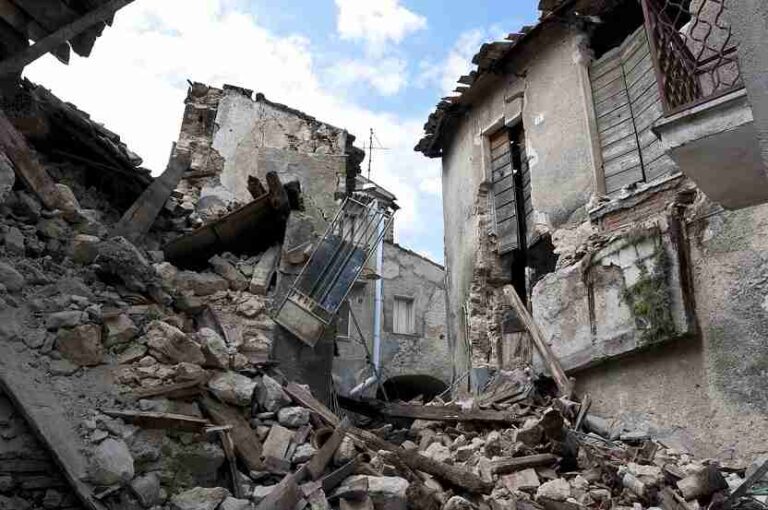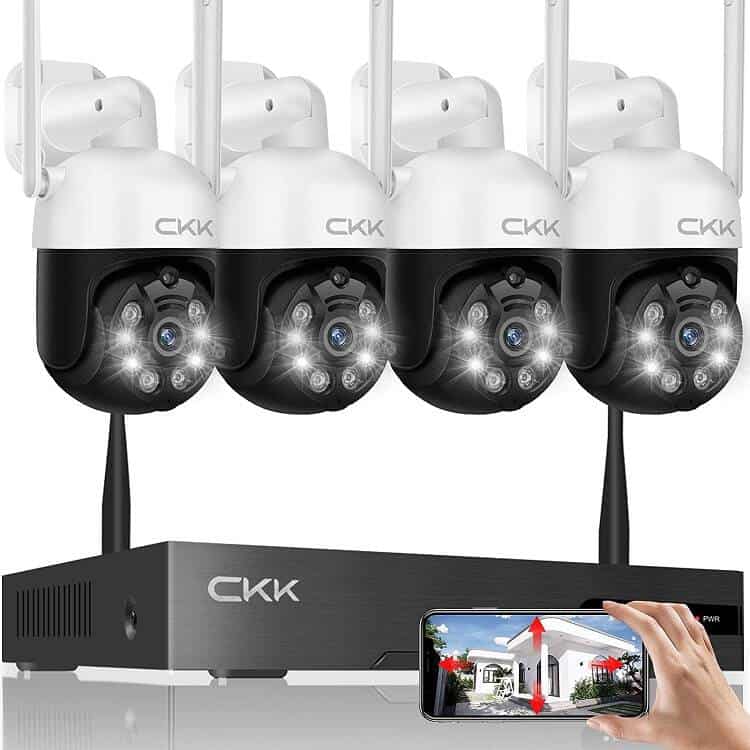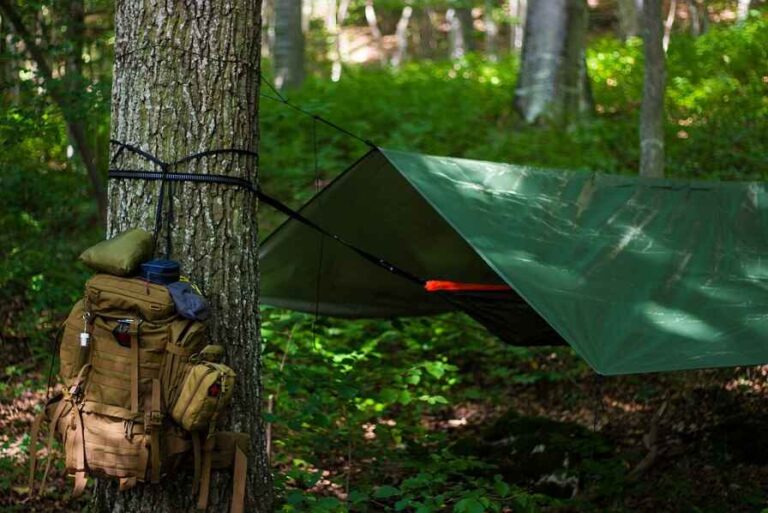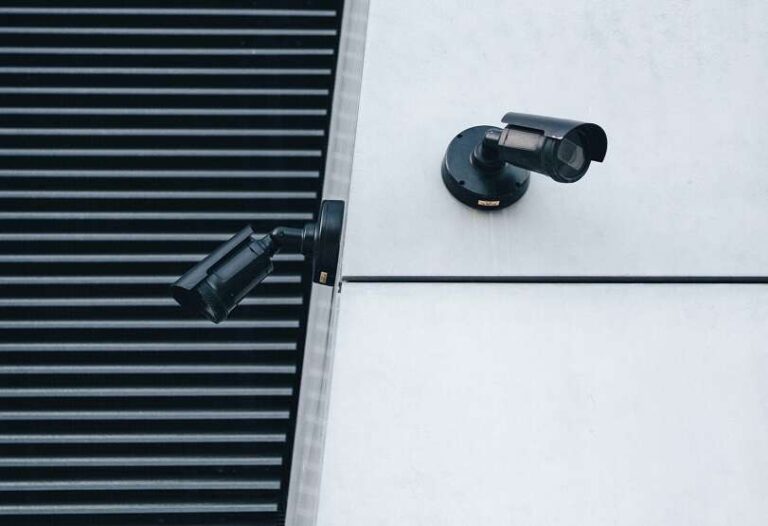How to Identify a Bad Neighborhood When Looking for a House
Buying a house is a significant investment, and one of the most important decisions you make in the process is choosing the location. The neighborhood where you live can have a significant impact on your quality of life, safety, and even property value.
However, not all neighborhoods are created equal, and some may be better than others. In this article, we’ll discuss how to identify a bad neighborhood when looking for a house.
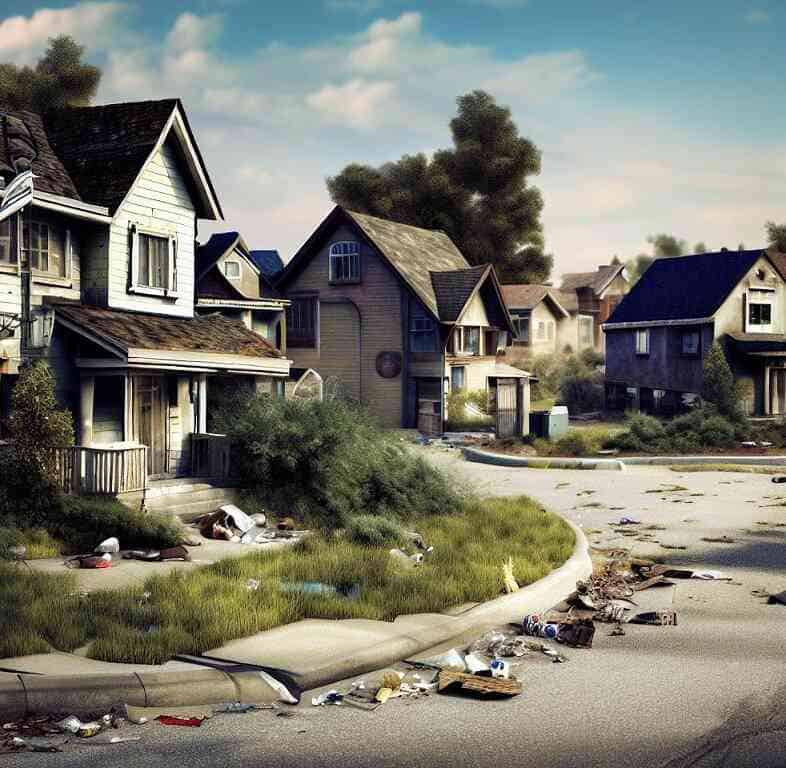
What is a Bad Neighborhood?
A bad neighborhood is a location where there is a higher crime rate, poor infrastructure, low-quality schools, lack of amenities, and a general feeling of insecurity. It can be difficult to determine if a neighborhood is bad, especially if you’re not familiar with the area. Here are some signs that can indicate a bad neighborhood:
High Crime Rates
One of the most apparent signs of a bad neighborhood is a high crime rate. Check online resources like the local police department’s crime map to get a sense of the crime rate in the area. If the crime rate is high, it’s best to avoid that neighborhood.
Poor Infrastructure
Another sign of a bad neighborhood is poor infrastructure. This includes things like potholes, broken sidewalks, and poorly maintained roads. If the neighborhood looks run-down and neglected, it’s likely not a good place to live.
Lack of Amenities
Living in a neighborhood that lacks amenities can be frustrating. Look for things like grocery stores, parks, and recreational areas. If these are missing or difficult to access, it’s a sign that the neighborhood is not well-maintained.
Low-Quality Schools
If you have children or are planning to have children in the future, it’s essential to consider the quality of schools in the area. Check the school district’s ratings and talk to local parents to get a sense of the quality of education provided.
Tips for Identifying a Bad Neighborhood
Check the Neighborhood at Different Times
It’s essential to check the neighborhood at different times of the day to get a sense of what it’s like. For example, a neighborhood might seem safe during the day, but it could be a different story at night.
Talk to Neighbors
Talk to people who live in the neighborhood to get a sense of what it’s like. They can provide insights into the community, local events, and other important information.
Look for Signs of Neglect
Pay attention to the condition of the houses and the overall appearance of the neighborhood. If it looks run-down and neglected, it’s likely not a good place to live.
Observe the People
Pay attention to the people you see in the neighborhood. Are they friendly and welcoming, or do they seem unwelcoming and hostile?
Research the Area Online
Research the area online to get a sense of its history, demographics, and other important information. This can help you make an informed decision about whether it’s the right place for you.
Conclusion
Choosing the right neighborhood is essential when buying a house. By following the tips outlined in this article, you can identify a bad neighborhood and avoid making a costly mistake. Remember to research the area thoroughly and talk to locals to get a sense of the community’s character and safety.
Disclaimer
Certain content that appears on this site comes from Amazon. As an Amazon Associate we earn from qualifying purchases. Read full Disclaimer Here!


